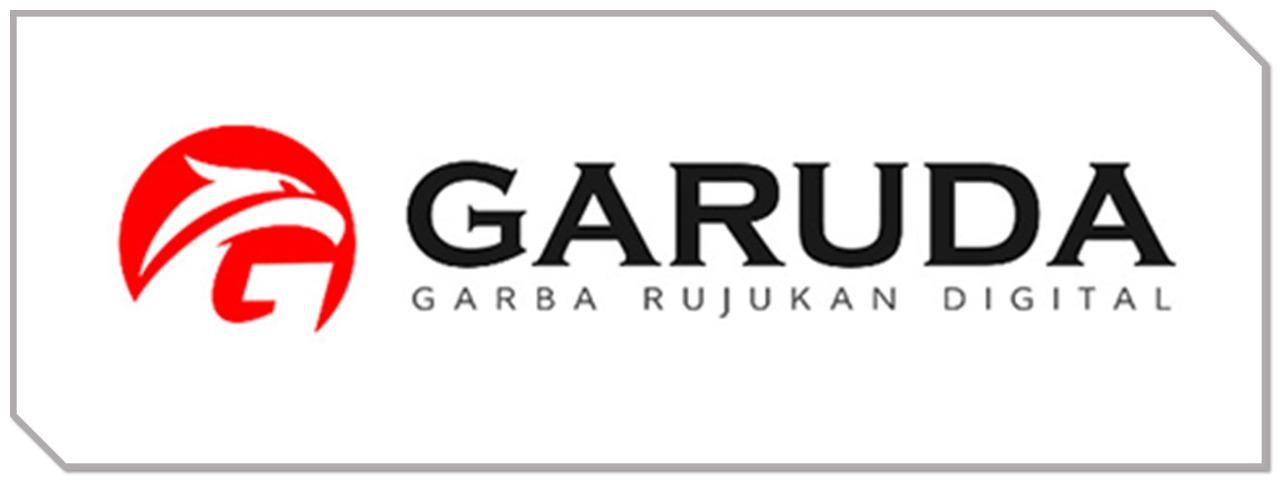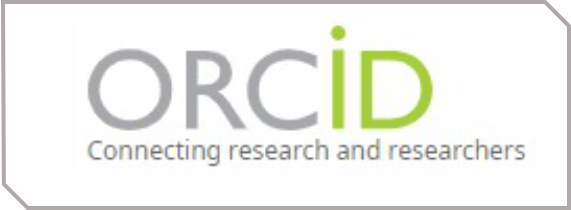Analisis Interface Bimetal Aluminium-Tembaga yang Dibuat dengan Pengecoran Sentrifugal Variasi Kecepatan Putar
DOI:
https://doi.org/10.30588/jeemm.v4i2.772Keywords:
bimetallic, bimetal, interface, aluminum-copper, aluminium-tembaga, centrifugal casting, pengecoran sentrifugal, bushingAbstract
Bimetallic is a combination of two metals that forms a metallurgical bond. Bimetallic made by centrifugal casting has not been developed much, so there is no recommendation for optimum mould rotational speed to produce products as needed. The research was conducted to determine the rotation of the mould in centrifugal casting, resulting in a unified interface with a strong metallurgical bond. The materials used for the manufacture of bimetallic are aluminum and copper. Aluminum is melted at a temperature of 700ºC, while copper is melted at a temperature of 1,150ºC. The metallic liquid was poured on a rotating mould with a filling speed of 0.20 kg/s. The variations in the rotational speed of the mould when pouring are 350, 400, and 450 rpm. The pouring of metal liquids is carried out alternately. First, aluminum is poured into the mould. Then after the aluminum temperature has dropped to 350ºC, copper is poured into the mould to form aluminum-copper bimetallic in the form of a bushing. The results showed that the width of the interface increases with the increased rotation of the mould during the pouring process. The hardness and wear resistance of interfaces are increased compared to base metals in aluminum and copper. The increase in hardness and wear resistance is due to the formation of AlCu, Al2Cu and Al4Cu9 compounds in the interface area.
Bimetal adalah gabungan dua logam yang membentuk ikatan metalurgi. Bimetal yang dibuat dengan pengecoran sentrifugal belum banyak dikembangkan, sehingga belum ada rekomendasi kecepatan putar cetakan yang optimum untuk menghasilkan produk sesuai kebutuhan. Penelitian dilakukan untuk menentukan putaran cetakan pada pengecoran sentrifugal, sehingga dihasilkan penyatuan interface dengan ikatan metalurgi yang kuat. Bahan yang digunakan untuk pembuatan bimetal adalah aluminium dan tembaga. Aluminium dicairkan pada temperatur 700ºC, sedangkan tembaga dicairkan pada temperatur 1.150ºC. Cairan logam dituang pada cetakan yang berputar dengan kecepatan pengisian 0,20 kg/s. Variasi kecepatan putaran cetakan saat penuangan adalah 350, 400, dan 450 rpm. Penuangan cairan logam dilakukan secara bergantian. Pertama aluminium dituang pada cetakan, kemudian setelah temperatur aluminium turun hingga 350ºC, tembaga dituang ke dalam cetakan sehingga terbentuk bimetal aluminium-tembaga yang berbentuk bushing. Hasil penelitian menunjukkan bahwa lebar interface meningkat seiring peningkatan putaran cetakan saat proses penuangan. Kekerasan dan ketahanan aus interface meningkat dibanding logam dasar aluminium dan tembaga. Peningkatan kekerasan dan ketahanan aus disebabkan terbentuknya senyawa AlCu, Al2Cu dan Al4Cu9 pada daerah interface.
References
Abbasi, M., & Hejazi, J. (1994). Manufacturing Bimetal Centrifugal Casting Method. The Sixth Annual Seminar of Iranian Foundry Society, Iran University of Science and Technology, (pp. 1-15).
Changyun, L., Haiyan, W., Shiping, W., Lei, X., Kuangfei, W., & Hengzhi, F. (2010). Research on Mould Filling and Solidification of Titanium Alloy in Vertical Centrifugal Casting. Rare Metal Materials and Engineering, 39(3), 388-392. doi:10.1016/S1875-5372(10)60085-9
Ebhota, W. S., Karun, A. S., & Inambao, F. L. (2016). Centrifugal Casting Technique Baseline Knowledge, Applications, and Processing Parameters: Overview. International Journal of Materials Research, 107(10), 960-969. doi:10.3139/146.111423
Jia, L., Xu, D., Li, M., Guo, J., & Fu, H. (2012). Casting defects of Ti-6Al-4V alloy in vertical centrifugal casting processes with graphite molds. Metals and Materials International, 18(1), 55-61. doi:10.1007/s12540-012-0007-0
Koga, G. Y., e Silva, A. B., Wolf, W., Kiminami, C. S., Bolfarini, C., & Botta, W. J. (2019). Microstructure and mechanical behavior of Al92Fe3Cr2X3 (X = Ce, Mn, Ti, and V) alloys processed by centrifugal force casting. Journal of Materials Research and Technology, 8(2), 2092-2097. doi:10.1016/j.jmrt.2018.12.022
Nazari, J., Yousefi, M., Kerahroodi, M. A., Mofrad, N. B., & Abhari, S. A. (2014). Production of Copper-Aluminum Bimetal by Using Centrifugal Casting and Evaluation of Metal Interface. International Journal of Materials Lifetime, 1(1), 20-28. doi:10.12691/ijml-1-1-4
Nerl, C., Wimmer, M., Hoffmann, H., Kaschnitz, E., Langbein, F., & Volk, W. (2014). Development of a continuous composite casting process for the production of bilayer aluminium strips. Journal of Materials Processing Technology, 214(7), 1445-1455. doi:10.1016/j.jmatprotec.2014.02.018
Pandey, S., Jha, S. K., Kumar, P., & Bharat, A. K. (2017). Analysis of Defects for Aluminium Copper Bimetal Fabricated by Centrifugal Casting. ELK Asia Pacific Journals, 1-6.
Sumpena, S. (2017). Pengaruh Paduan Serbuk Fe12% pada Aluminium terhadap Porositas dan Struktur Mikro dengan Metode Gravity Casting. Jurnal Engine: Energi, Manufaktur, dan Material, 1(1), 20-25. doi:10.30588/jeemm.v1i1.225
Wu, S. P., Xu, Q., & Xue, X. (2011). The Solidified Structure and Macrosegregation of Wedge-Shaped Titanium Castings Produced by Vertical Centrifugal Casting Process. Advanced Materials Research, 317-319, 456-459. doi:10.4028/www.scientific.net/AMR.317-319.456
Downloads
Published
How to Cite
Issue
Section
License
Authors who publish with Jurnal Engine: Energi, Manufaktur, dan Material agree to the following terms:
Authors retain copyright and grant the Jurnal Engine: Energi, Manufaktur, dan Material right of first publication with the work simultaneously licensed under a Creative Commons Attribution 4.0 International License that allows others to share (copy and redistribute the material in any medium or format) and adapt (remix, transform, and build upon the material) the work for any purpose, even commercially with an acknowledgment of the work's authorship and initial publication in Jurnal Engine: Energi, Manufaktur, dan Material. Authors are able to enter into separate, additional contractual arrangements for the non-exclusive distribution of the journal's published version of the work (e.g., post it to an institutional repository or publish it in a book), with an acknowledgment of its initial publication in Jurnal Engine: Energi, Manufaktur, dan Material. Authors are permitted and encouraged to post their work online (e.g., in institutional repositories or on their website) prior to and during the submission process, as it can lead to productive exchanges, as well as earlier and greater citation of published work (See The Effect of Open Access).


















